Themed collection Editor’s Choice – Jihong Yu

Anionic block copolymer vesicles act as Trojan horses to enable efficient occlusion of guest species into host calcite crystals
‘Trojan Horse’ anionic poly(methacrylic acid)–poly(benzyl methacrylate) vesicles enable efficient incorporation of either nanoparticles or soluble small molecules within calcite.
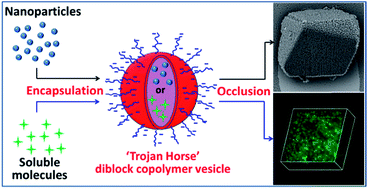
Chem. Sci., 2018,9, 8396-8401
https://doi.org/10.1039/C8SC03623C
Phosphorus doped SnO2 thin films for transparent conducting oxide applications: synthesis, optoelectronic properties and computational models
Phosphorus doped tin(IV) oxide (P:SnO2) films, with resistivity values of 7.27 × 10−4 Ω cm and improved visible light transmission, have been synthesised by AACVD.

Chem. Sci., 2018,9, 7968-7980
https://doi.org/10.1039/C8SC02152J
A vesicle-aggregation-assembly approach to highly ordered mesoporous γ-alumina microspheres with shifted double-diamond networks
Highly ordered mesoporous γ-alumina microspheres with a shifted double-diamond mesostructure have been synthesized via a vesicle-aggregation-assembly approach.
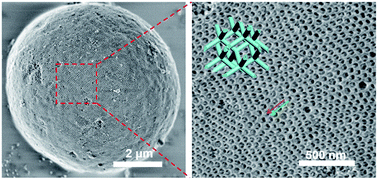
Chem. Sci., 2018,9, 7705-7714
https://doi.org/10.1039/C8SC02967A
Achieving convenient CO2 electroreduction and photovoltage in tandem using potential-insensitive disordered Ag nanoparticles
This paper describes the rational design of potential insensitive disordered Ag, which could achieve more than 90% faradaic efficiency for CO within a wide voltage range of ∼1.1 V in a photovoltaic-electrochemical systems for CO2 system.
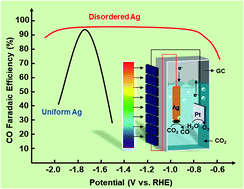
Chem. Sci., 2018,9, 6599-6604
https://doi.org/10.1039/C8SC02576B
New strategy for designing promising mid-infrared nonlinear optical materials: narrowing the band gap for large nonlinear optical efficiencies and reducing the thermal effect for a high laser-induced damage threshold
A new strategy towards the search for practical IR NLO materials not restricted by the NLO–LIDT incompatibility is verified.
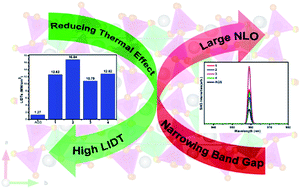
Chem. Sci., 2018,9, 5700-5708
https://doi.org/10.1039/C8SC01210E
Composition-adjustable Ag–Au substitutional alloy microcages enabling tunable plasmon resonance for ultrasensitive SERS
A facile NaBH4-cooperative GRR strategy generating composition-adjustable Ag–Au substitutional alloy microcages enabling tunable plasmon resonance for ultrasensitive SERS.
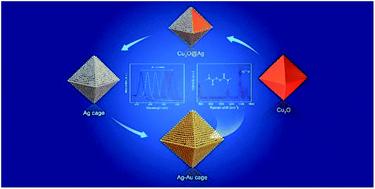
Chem. Sci., 2018,9, 4009-4015
https://doi.org/10.1039/C8SC00915E
Highly active nano-sized iridium catalysts: synthesis and operando spectroscopy in a proton exchange membrane electrolyzer
Ultra-high purity nano-sized iridium enclosed in a monolayer of IrIII/IrIV oxides/hydroxides leads to an enhancement in OER activity.
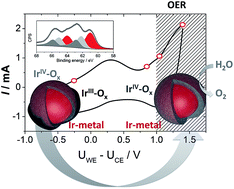
Chem. Sci., 2018,9, 3570-3579
https://doi.org/10.1039/C8SC00555A
In situ synthesis of sub-nanometer metal particles on hierarchically porous metal–organic frameworks via interfacial control for highly efficient catalysis
Sub-nanometer metal particle/hierarchically mesoporous metal–organic framework composites can be synthesized in situ in bio-based surfactant emulsion.
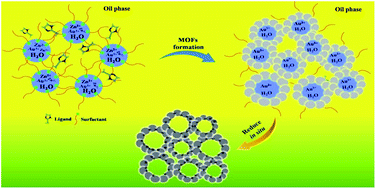
Chem. Sci., 2018,9, 1339-1343
https://doi.org/10.1039/C7SC04269H
Cost-effective 17O enrichment and NMR spectroscopy of mixed-metal terephthalate metal–organic frameworks
Cost-effective 17O enrichment of metal–organic frameworks enables the composition and disorder in mixed-metal materials to be determined using NMR spectroscopy.
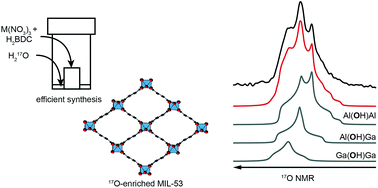
Chem. Sci., 2018,9, 850-859
https://doi.org/10.1039/C7SC04649A
Overcoming double-step CO2 adsorption and minimizing water co-adsorption in bulky diamine-appended variants of Mg2(dobpdc)
Judicious choice of framework structure allows for single CO2 adsorption steps with bulky primary,secondary diamines appended to metal–organic frameworks.
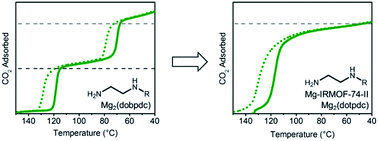
Chem. Sci., 2018,9, 160-174
https://doi.org/10.1039/C7SC04266C
About this collection
In 2012, Chemical Science welcomed Professor Jihong Yu to the journal as an Associate Editor, handling papers in the area of inorganic materials chemistry, with a particular focus on the synthesis and application of nanoporous materials.
Jihong has looked back over Chemical Science papers published recently and has selected some outstanding articles on the theme of inorganic materials. We hope you find them of interest too!